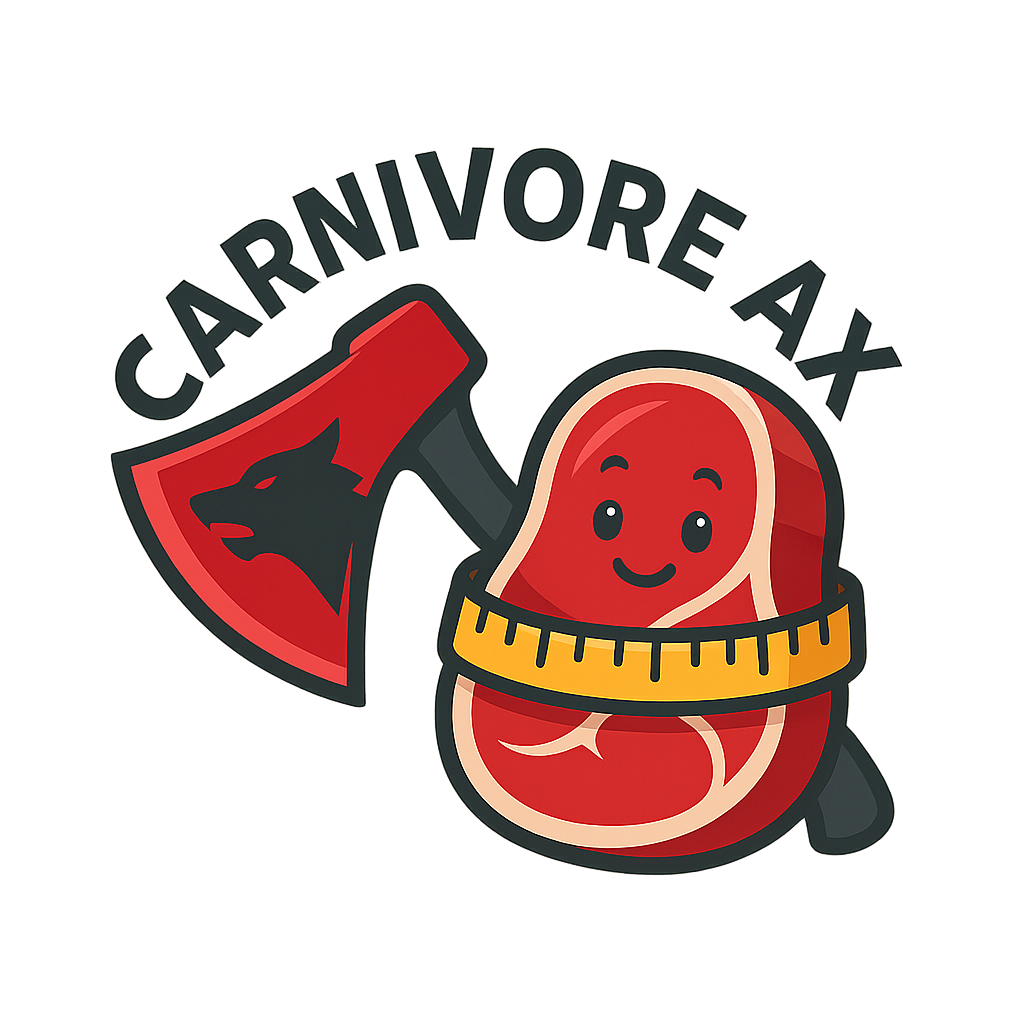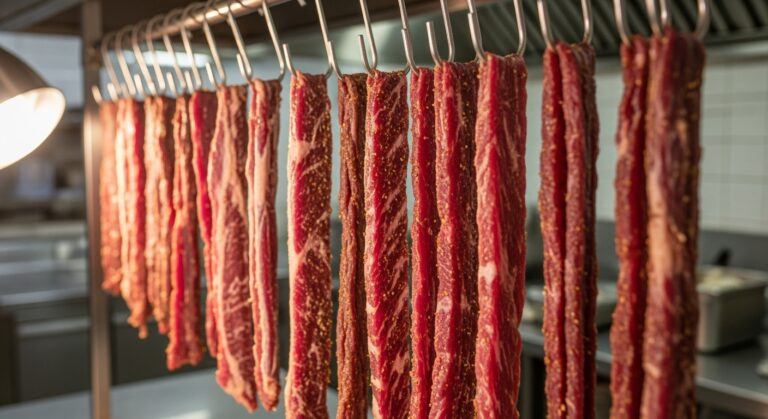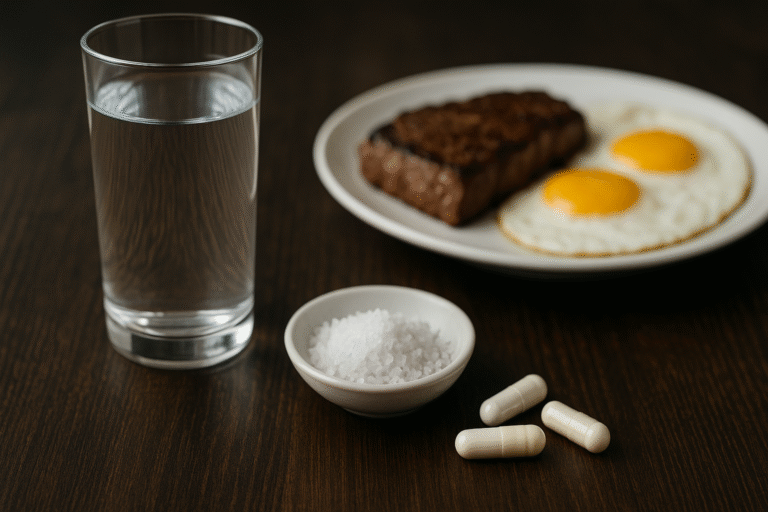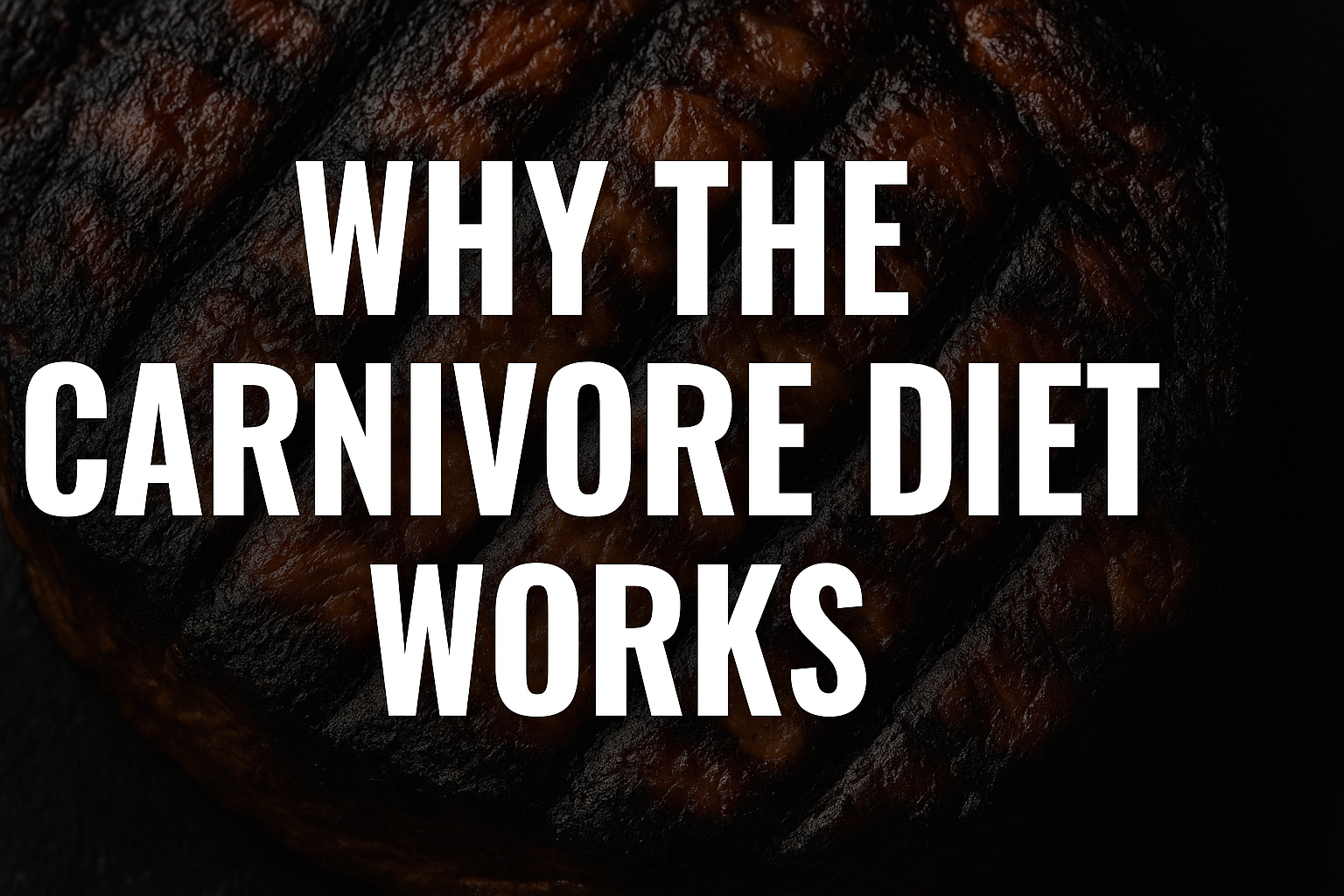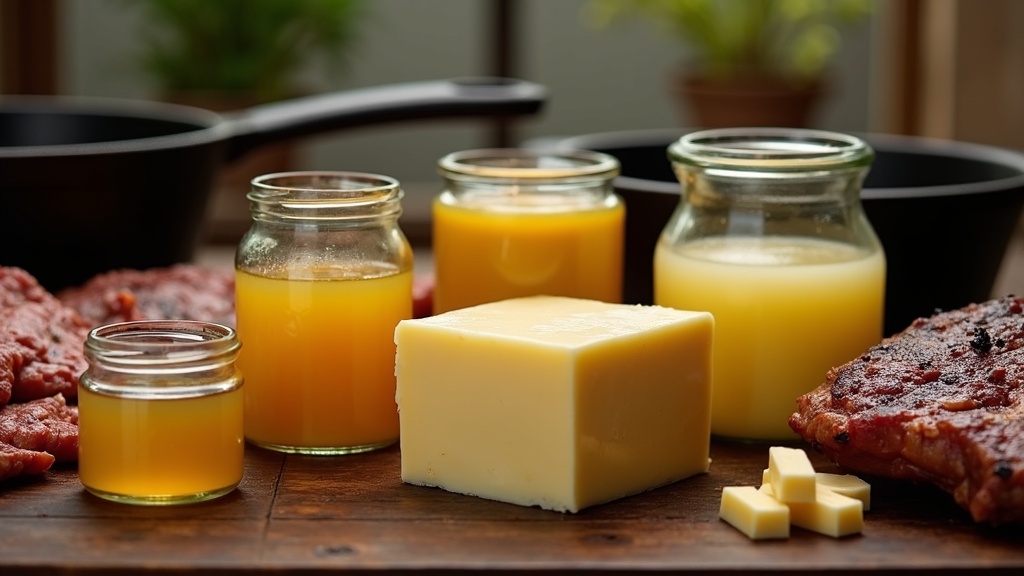
Key takeaway- Use animal fats that match the heat and method. Tallow and ghee for high heat. Lard and butter for flavor and finishing. Skip seed oils altogether. Keep it simple and consistent.
- Best Cooking Oils For Carnivore-Friendly Meals
- Why Cooking Oil Matters on the Carnivore Diet
- The Best Animal Fats for Carnivore Cooking
- Are Plant-Based Oils Ever Okay?
- Trouble Spots: Fats I Avoid
- Choosing the Best Fat for the Cooking Method
- Common Questions About Carnivore Cooking Fats
- Bringing It All Together: My Personal Routine
Best Cooking Oils For Carnivore-Friendly Meals
Cooking on a carnivore diet is about keeping things simple, satisfying, and all about animal-based foods. For me, the cooking fat is just as important as the cut of meat I’m working with. It can make or break a meal. Picking the right oils and fats means I get the taste and texture I want while staying true to what this diet is really about.
If you’re new to it, or maybe just searching for the best fats to use for your next steak night, I’ve pulled together everything I’ve learned from a lot of my own trial and error.
Why Cooking Oil Matters on the Carnivore Diet
Most of the calories on a carnivore diet come from fat and protein. That’s why I pay attention not just to what goes on my plate, but also what’s in my frying pan.
The right fat brings out the flavor of meat, keeps food juicy, and helps my body feel full and satisfied. It’s not just about taste either; some oils are better for high temperatures, while others are better for slow roasting or gentle basting. Then there’s the nutrition angle: some fats mesh with what this diet values, while others just don’t fit at all.
It took me a while to realize that not all fats behave the same way in the kitchen. Sometimes, I’d finish a beautiful ribeye only to discover the butter burned.
Other times, a certain oil left a strange aftertaste. Over time, I landed on a few dependable animal fats, but I know some folks choose to mix in a couple of plant-based oils too. I’ll show you both sides here so you can pick what works for you.
The Best Animal Fats for Carnivore Cooking
Animal fats are the go-to for anyone following a classic carnivore diet. They’re pure, packed with flavor, and (if you get them from solid sources) have a nutritional profile that is steady and predictable. Here are the main ones I rely on most:
- Beef Tallow: I use beef tallow when I want a neutral flavor and crispy results. Its high smoke point makes it perfect for searing steaks, frying burgers, and even roasting meats. It won’t burn easily, and the mild flavor lets the meat shine.
- Lard: This is rendered pork fat, and it’s hard to beat for frying bacon or pork chops. I also add a spoonful to leaner game meats, helping them stay moist. Lard gives a soft texture to roasted meats and can even work wonders for carnivore-friendly biscuits or breads if you’re doing any baking at all.
- Butter: I’m picky about butter. It’s perfect for basting steaks or finishing grilled meats, but you have to keep an eye on the heat, as it burns quickly. The flavor can take a steak from good to restaurant-quality, at least in my experience. I only use salted butter if I want that little flavor boost right at the end.
- Ghee (Clarified Butter): I didn’t grow up using ghee, but it’s now a staple in my kitchen. With the milk solids removed, it can handle higher temps than regular butter. Ghee adds a subtle richness to pan-seared meats or slow-roasting, and it doesn’t burn as quickly. That’s a massive help for recipes that take a bit longer.
Using these fats takes a bit of practice. Most days, I reach for tallow or ghee for anything above medium heat, and butter or lard for recipes where the taste matters as much as texture.
Rendering your own tallow or lard is easy and saves money, but I’ve also bought good-quality versions from butchers or specialty shops and was pleased with the results.
If you haven’t tried rendering your own, it’s just a matter of melting trimmed fat over low, steady heat until you have a pool of liquid gold. Plus, it makes your kitchen smell amazing.
Are Plant-Based Oils Ever Okay?
Some people who eat a carnivore diet never touch a drop of plant-based oil, and I get why. Seed oils like canola, sunflower, or soybean just don’t hit the mark for most people sticking to a strict animal-based plan, since these oils are highly processed and often high in omega-6s, which aren’t ideal. However, some folks (and I include myself from time to time) will use certain fruit-based oils as a nod to flexibility.
- Avocado Oil: When friends come over who aren’t all-in on carnivore, I’ll reach for avocado oil for grilling or quick frying. It’s got a super high smoke point, so it sears well without burning. The flavor is mild and doesn’t take over the dish. Still, it only finds its way into my cooking every once in a while.
- Extra Virgin Olive Oil: This comes up often in online carnivore communities. While some drizzle it on cooked meats or use it in basting, I save olive oil for salads or cold dishes, if I use it at all. If you want a touch of fruity aroma with lamb or fish, it can be nice, but not for strict purists.
I see these oils as a bonus for flexibility, not a necessity. If your plan is a pure, animal-based plate, skipping them is easy. But when you want to mix things up, they do add some variety and can offer a twist for special occasions.
Trouble Spots: Fats I Avoid
There are some fats I won’t put in a carnivore meal, for both health and taste reasons. Here’s the No-nos I steer clear of in my kitchen:
- Industrial Seed Oils: Corn, soybean, canola, and other seed or vegetable oils are almost always ultra-processed. They leave a weird aftertaste and generally don’t sit right with my stomach. High omega-6 content is a big downside too, so I stick to traditional animal fats whenever possible.
- Margarine and Shortening: Margarine and most shortenings are just blends of industrial oils with added stabilizers. To me, they don’t count as real fat. I’d rather use plain butter or pure lard and let it soften at room temperature if I need a spreadable fat.
If you’re curious why some animal fats are considered more traditional, I suggest looking into the early days of food processing in the 20th century. It helped me appreciate why tallow and lard became staples in old-school kitchens because they’re natural, easy to use, and do a great job in the pan.
Choosing the Best Fat for the Cooking Method
I mix and match my fat choices depending on what I’m making. It took a bit of time to get the hang of which fats can handle high heat and which are better for low-and-slow. Here’s the game plan I use in my kitchen every week:
| Cooking Method | Best Fat Choices | Why It Works |
|---|---|---|
| High-heat frying or searing | Beef tallow, lard, ghee | Handles high heat. Builds a great crust. |
| Roasting or slow cooking | Ghee, tallow, lard | Keeps meat tender and juicy. |
| Sauces or finishing | Butter, ghee | Adds rich flavor at the end. |
| Baking (optional) | Lard, butter | Keeps dishes moist. Butter adds flavor. |
After enough smoky kitchens and a few scorched pans, I learned to watch for fat that starts to smoke before food goes in. When that happens, I either swap to a higher-smoke-point fat or turn down the heat. This keeps meals tasting clean and avoids bitterness.
Common Questions About Carnivore Cooking Fats
These are some of the most common questions I hear from people jumping into carnivore eating or wanting to bring animal fats into their kitchen more often.
Is it better to buy or render your own animal fats?
In my kitchen, I do both. Rendering tallow and lard from leftover beef or pork trimmings saves money and feels satisfying, but I’ve had great results buying from butchers or online as long as the ingredients are straightforward. Homemade fats have a special pride involved in making them, but store-bought ones are convenient for busy weeks.
Can I freeze cooking fats?
Absolutely, and I recommend it if you’re buying or making fat in bulk. Tallow, lard, and butter all freeze well. I like to portion them into small containers, so I only take out what I need at a time without worrying about leftovers spoiling.
Are animal fats healthy?
This is a hot topic, and opinions vary a lot. In my experience, traditional animal fats from well-sourced, pasture-raised animals sit well with my system. Of course, personal preference plays a big part here, but if in doubt, talk to your doctor or dietitian about what’s best for you.
Why does my butter burn so easily?
Butter has milk solids that scorch at high temperatures. For that buttery flavor without the burn, use ghee. Ghee is clarified, so it sears and roasts better than regular butter.
Bringing It All Together: My Personal Routine
I always keep beef tallow, butter, and lard right by my stovetop because I use them almost every day. Ghee sits in the cupboard for high-heat grilling or when I’m feeling a little creative.
I rarely touch plant-based oils, and if I do, it’s purely for convenience, not tradition. After learning to cook carnivore-style, I genuinely believe that choosing the right fat is a straightforward step that brings both taste and satisfaction, and not just nutrition, to every meal.
Choosing animal fats makes carnivore cooking simple and lets the real flavors come through. If you’re setting up your own kitchen for this style, just having a couple of these go-to fats can help make every meal taste memorable. It’s not hard to keep things both delicious and totally on target with the diet’s goals. And that, more than anything, keeps me coming back to these time-tested kitchen staples every day.
Author Note

I did not choose this diet because it sounded fun. My thyroid failed me. Graves’ Disease wrecked my health and packed weight onto my body. I tried everything people said would work. It didn’t.
When I switched to meat, my body fought less and healed more. I want that for you as well. You deserve to feel strong again. Being a carnivore is how to make it a reality. Join the journey! ~Michael
